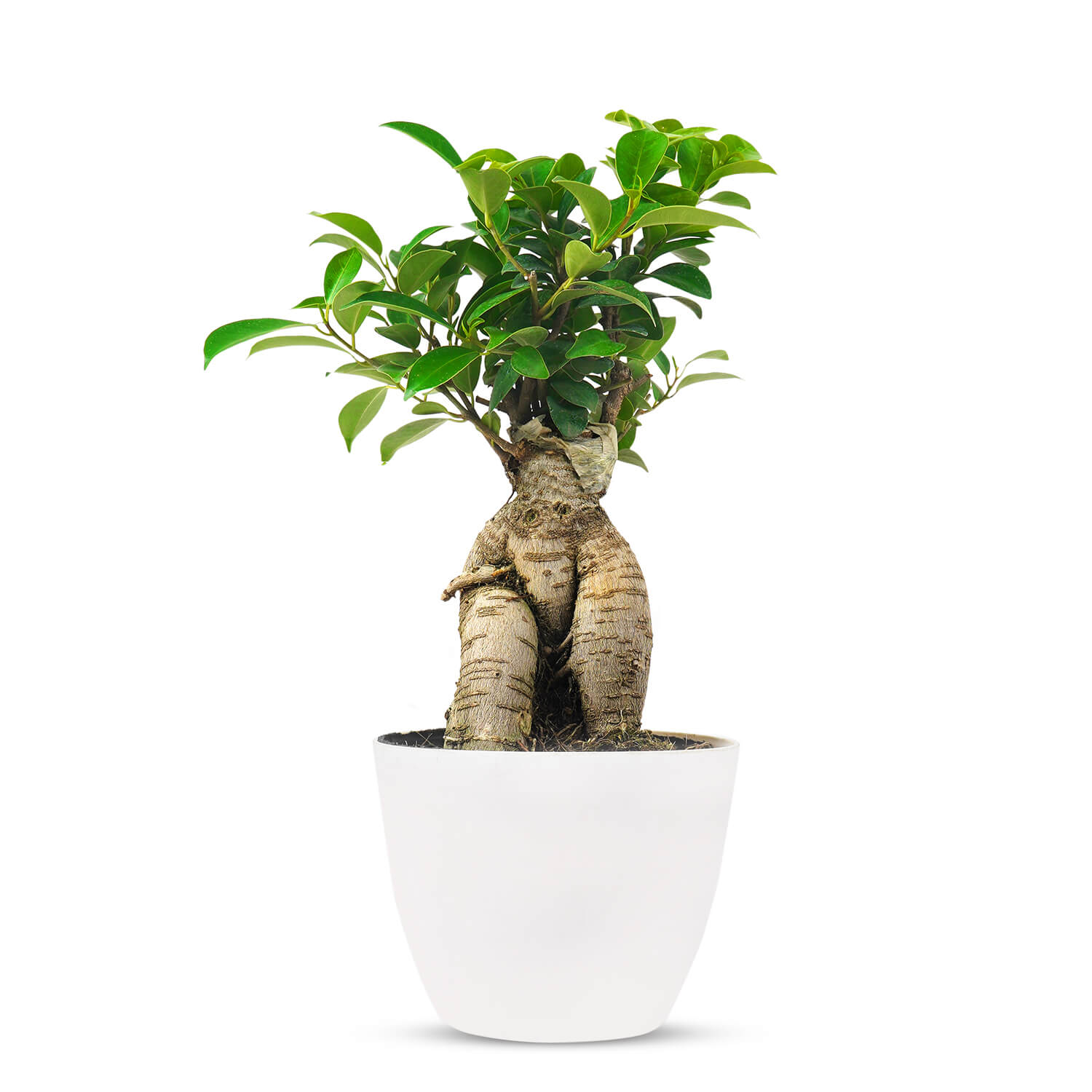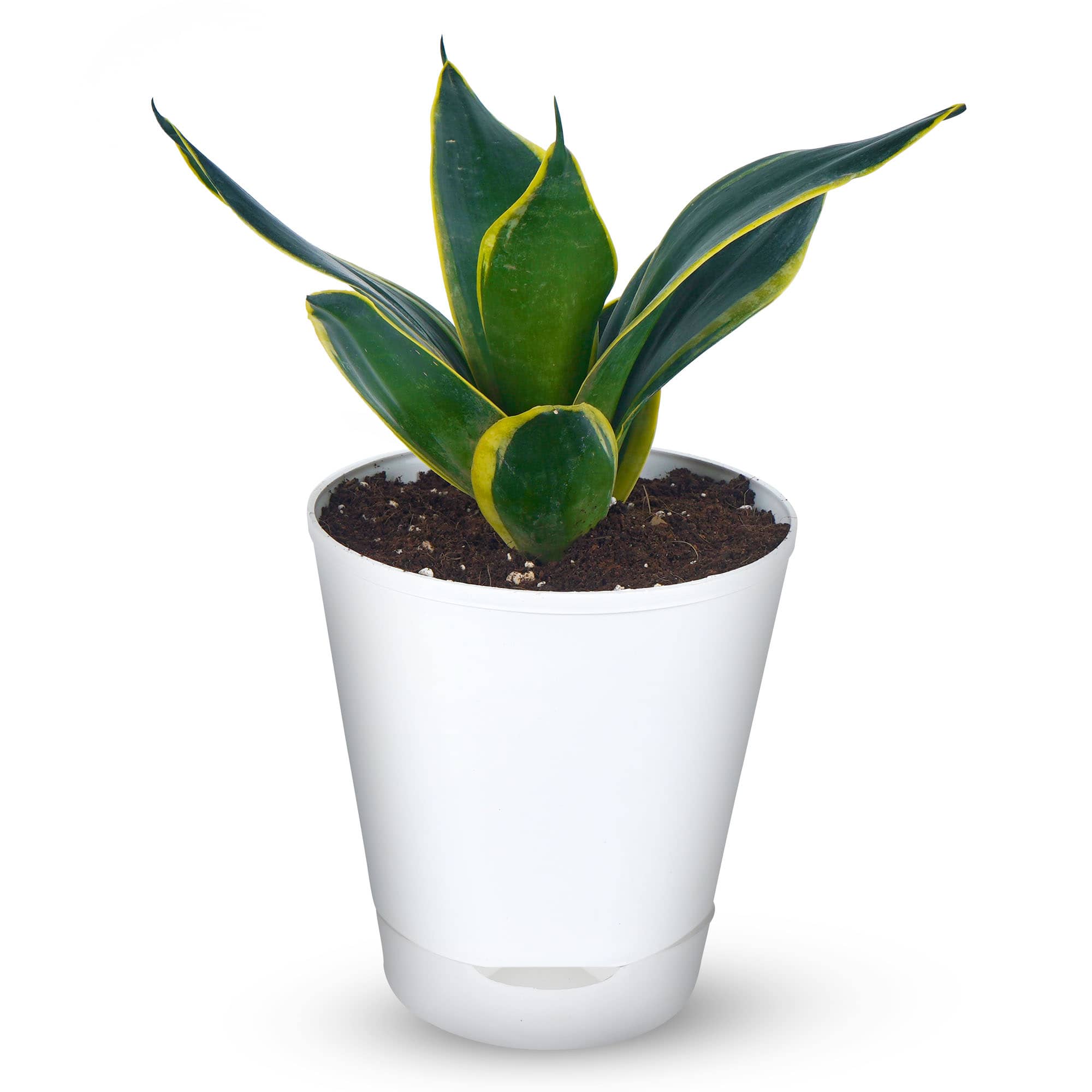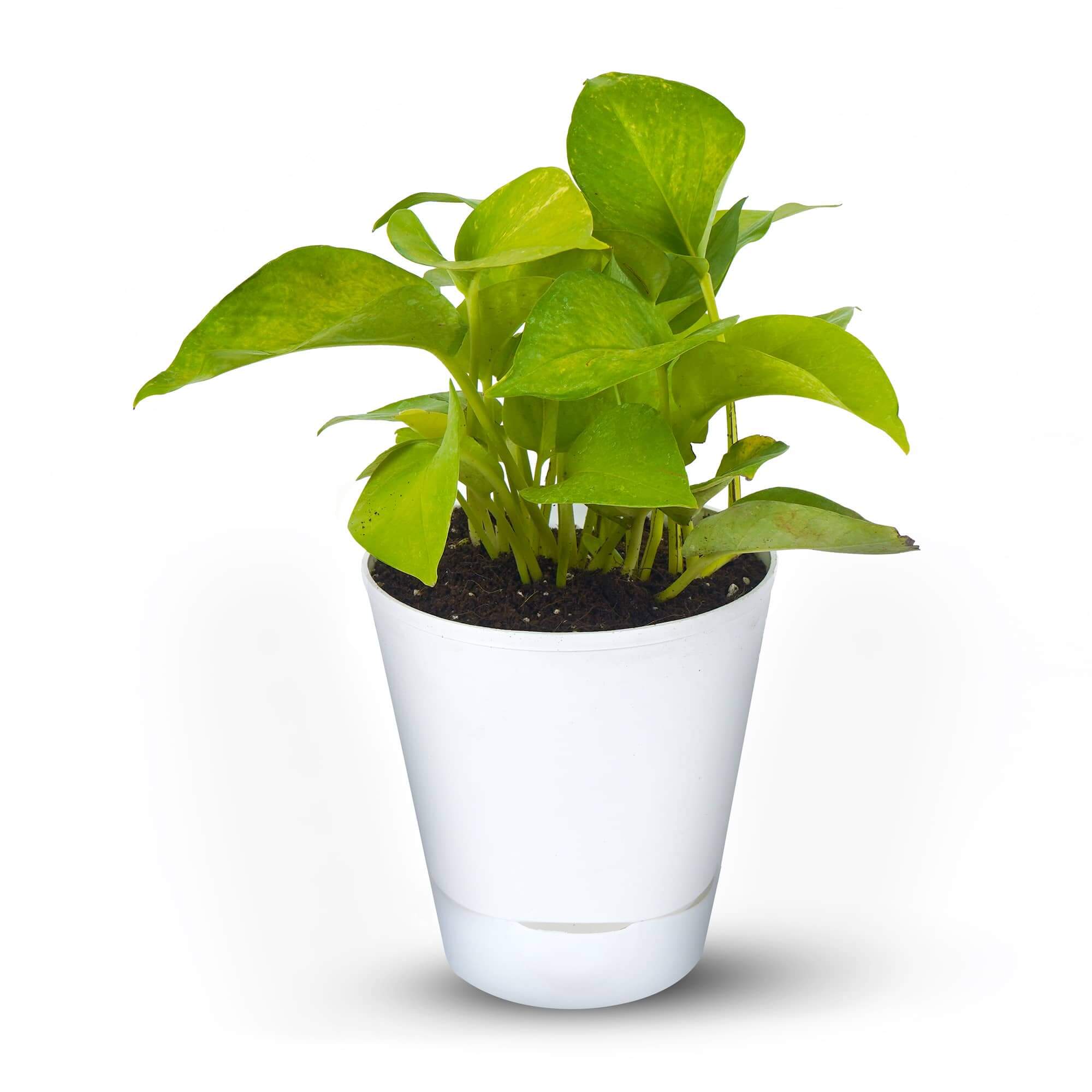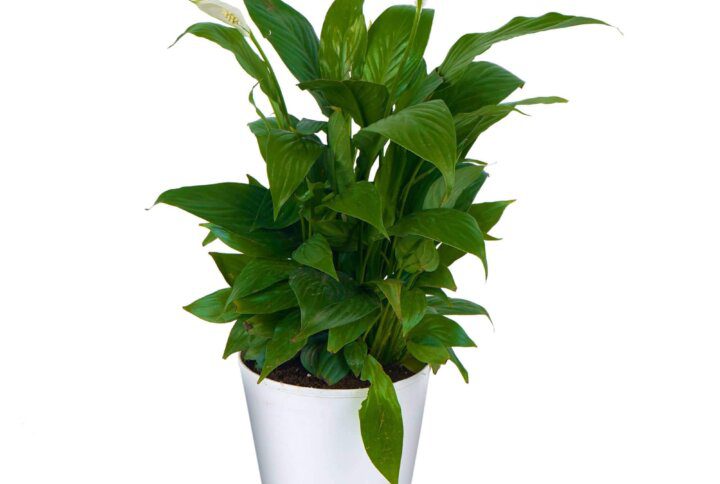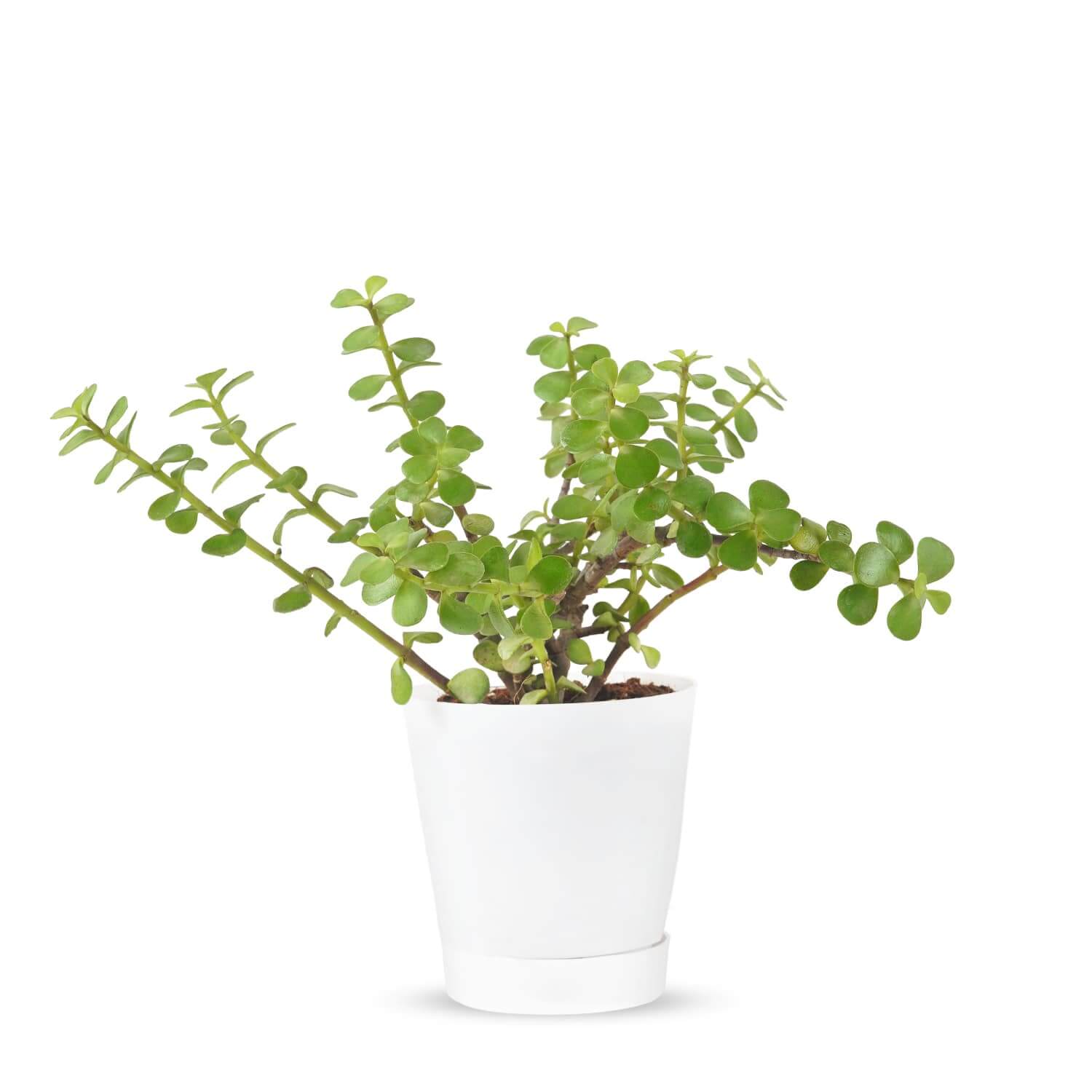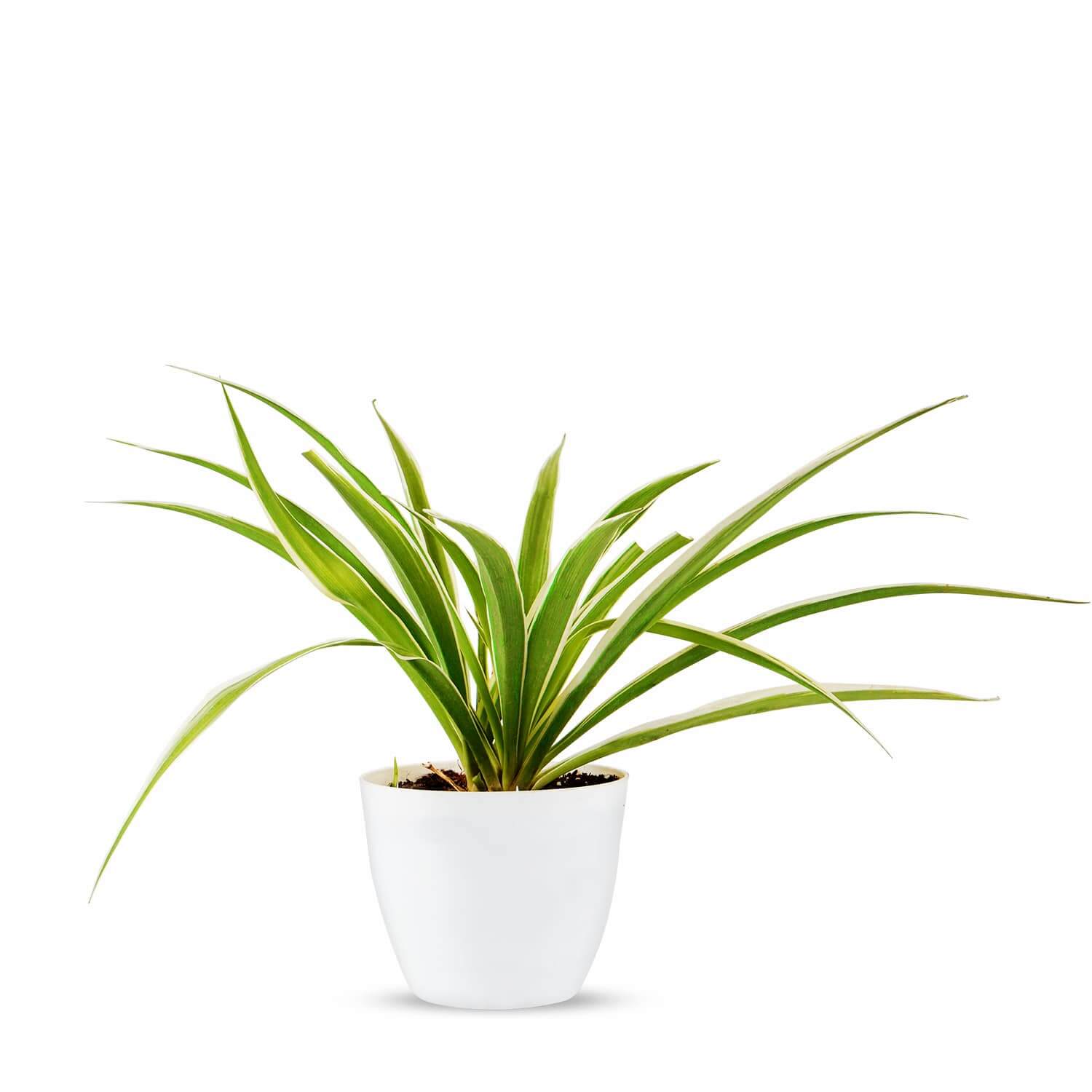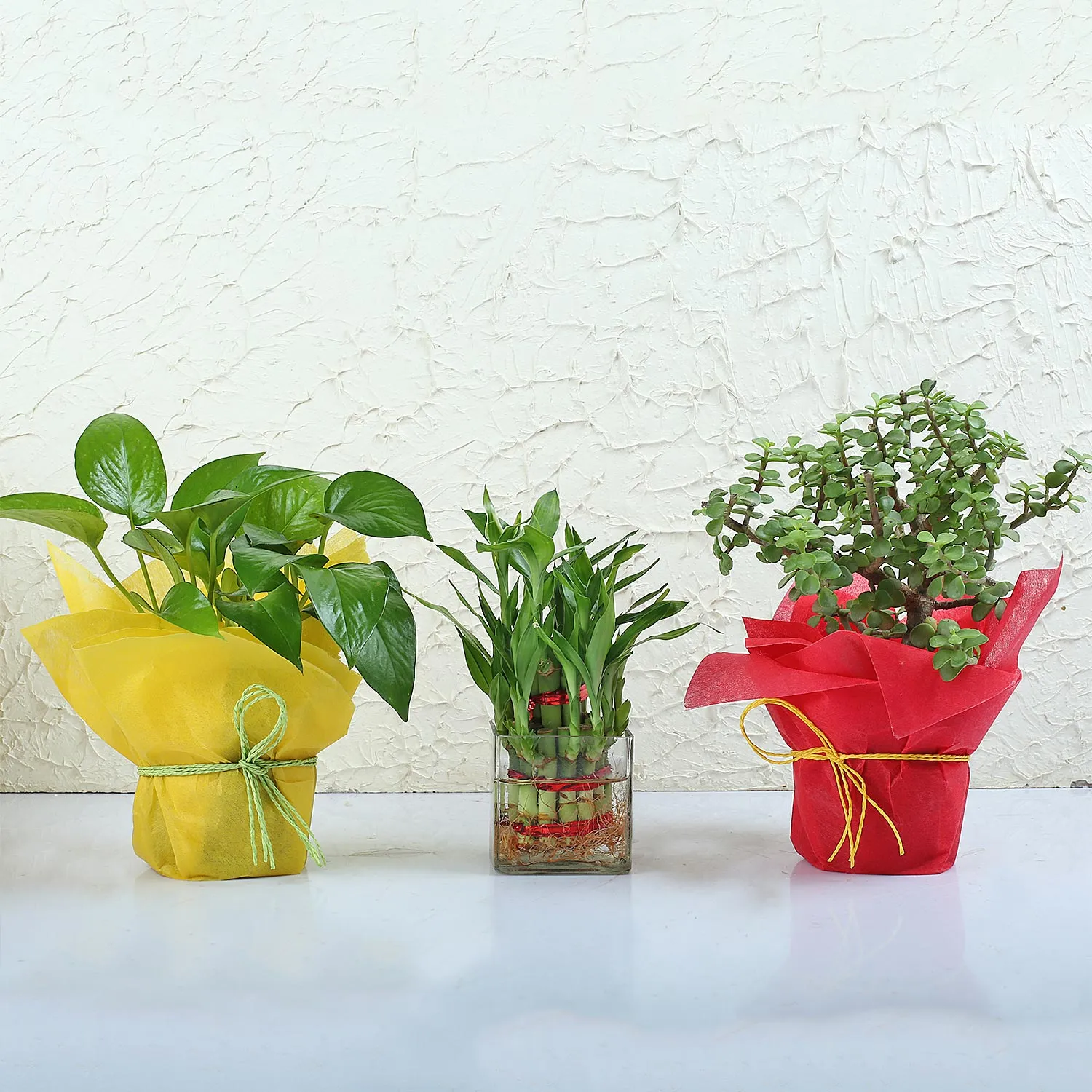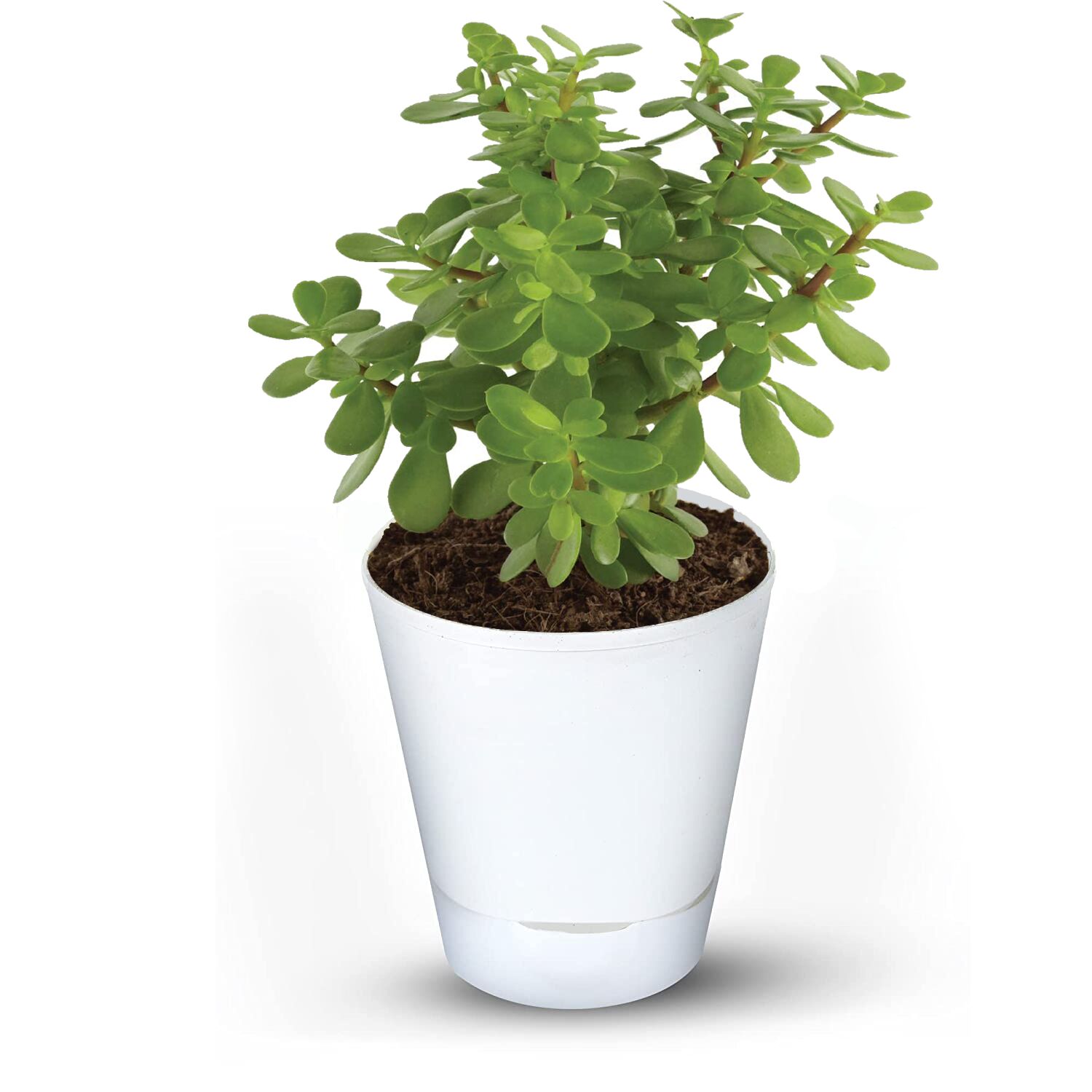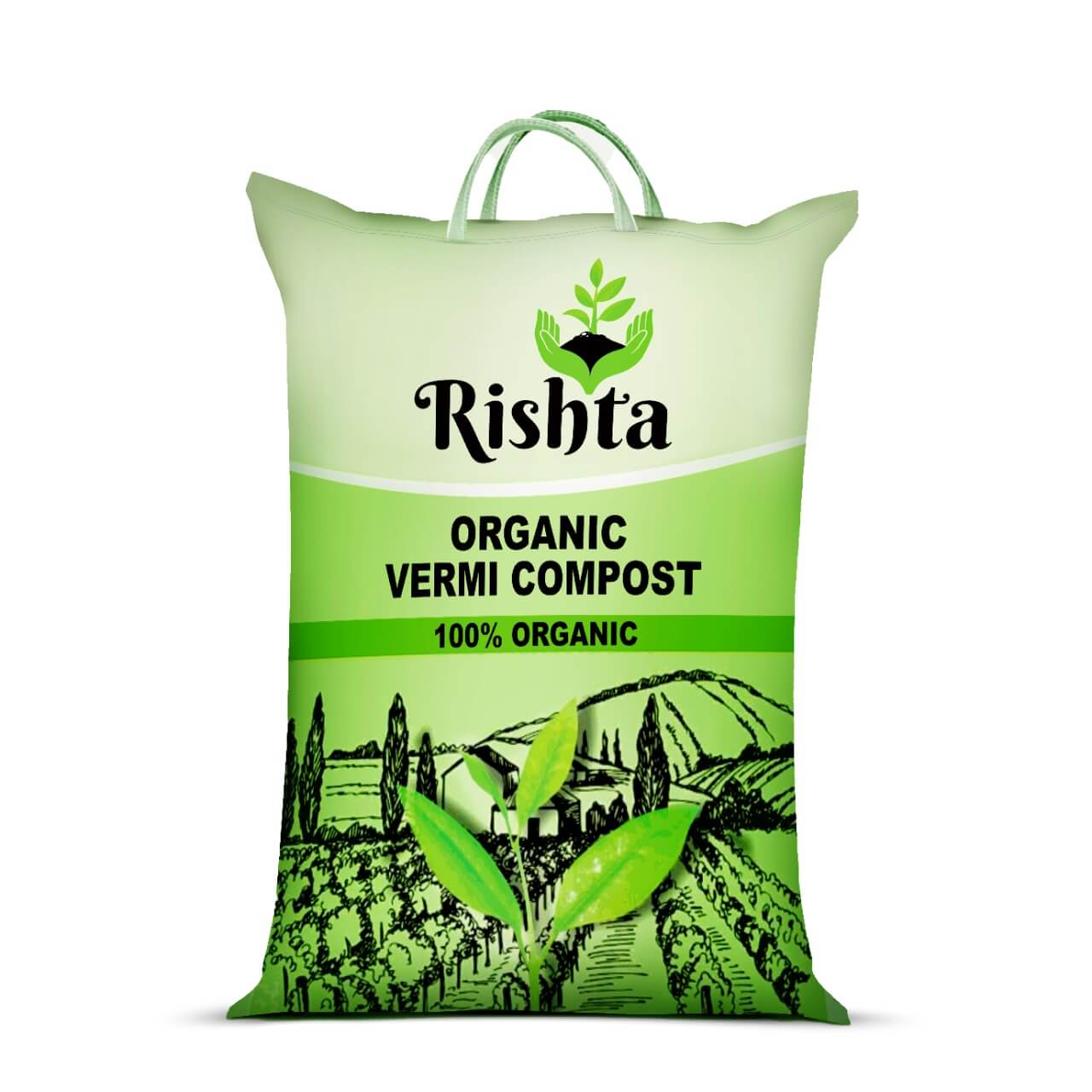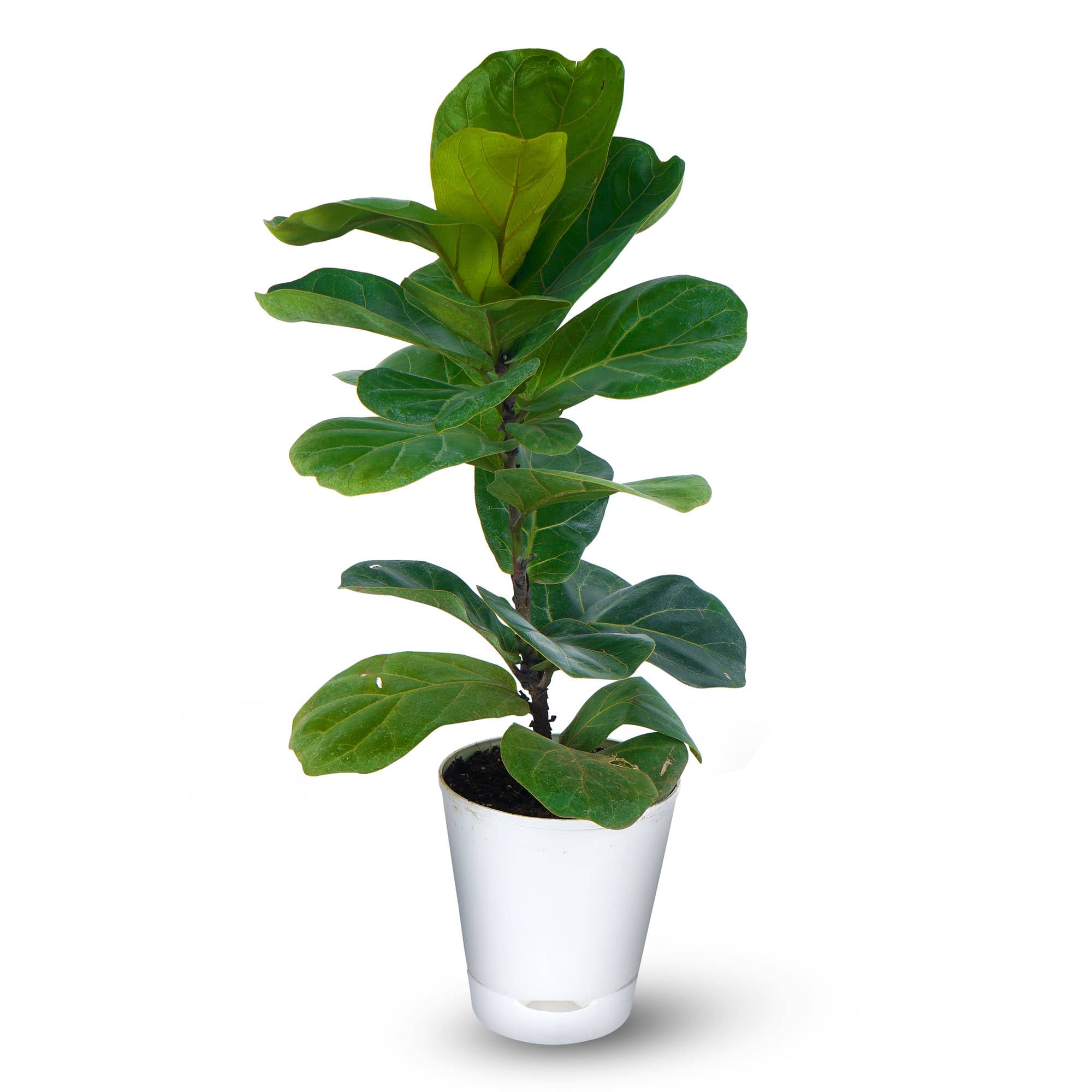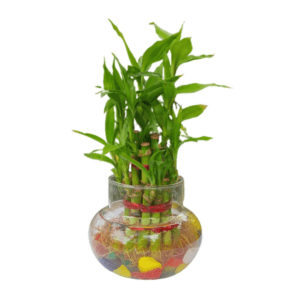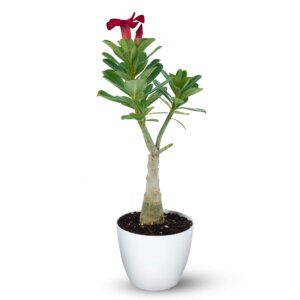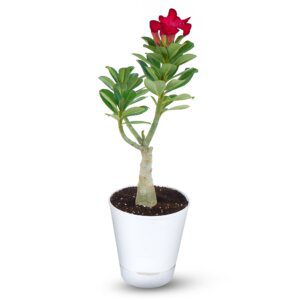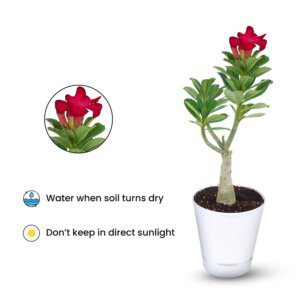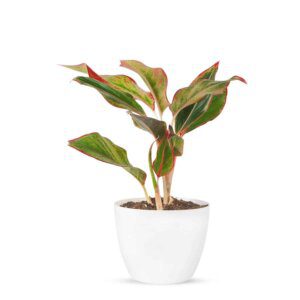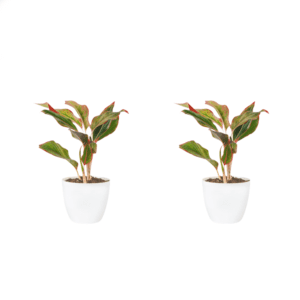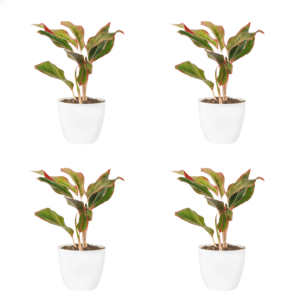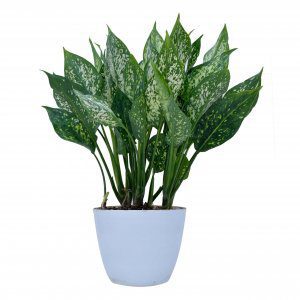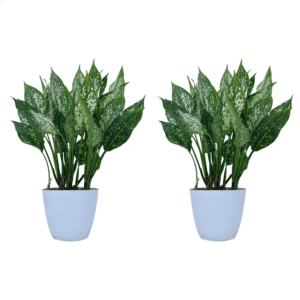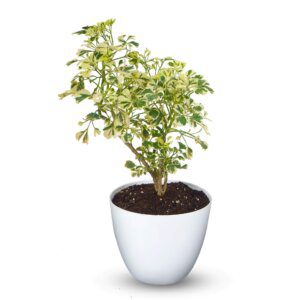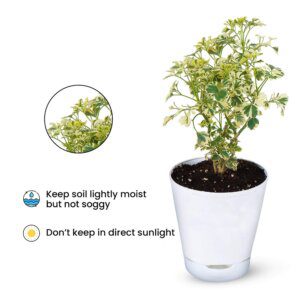Close
2 Layer Lucky Bamboo with Glass Pot
₹999.00Original price was: ₹999.00.₹355.00Current price is: ₹355.00.Adenium Bonsai Plant With Pot
₹1,299.00Original price was: ₹1,299.00.₹539.00Current price is: ₹539.00.Adenium Bonsai Plant With Self Watering Pot
₹1,299.00Original price was: ₹1,299.00.₹549.00Current price is: ₹549.00.Aglaonema Red Lipstick Plant With Pot
₹999.00Original price was: ₹999.00.₹449.00Current price is: ₹449.00.Aglaonema Red Lipstick Plant With Pot ( Pack Of 2 )
₹1,299.00Original price was: ₹1,299.00.₹809.00Current price is: ₹809.00.Aglaonema Red Lipstick Plant With Pot ( Pack Of 4 )
₹2,999.00Original price was: ₹2,999.00.₹1,569.00Current price is: ₹1,569.00.Aglaonema Snow White Plant With Pot
₹1,299.00Original price was: ₹1,299.00.₹529.00Current price is: ₹529.00.Aglaonema Snow White Plant With Pot ( Pack Of 2 )
₹2,598.00Original price was: ₹2,598.00.₹899.00Current price is: ₹899.00.Aglaonema Snow White Plant With Pot ( Pack Of 4 )
₹2,999.00Original price was: ₹2,999.00.₹1,749.00Current price is: ₹1,749.00.Aglaonema Valentine with Red Self-Watering Pot
₹1,599.00Original price was: ₹1,599.00.₹639.00Current price is: ₹639.00.Aralia Variegated White Plant With Pot
₹779.00Original price was: ₹779.00.₹379.00Current price is: ₹379.00.Aralia Variegated White Plant With Self Watering Pot
₹779.00Original price was: ₹779.00.₹349.00Current price is: ₹349.00.



